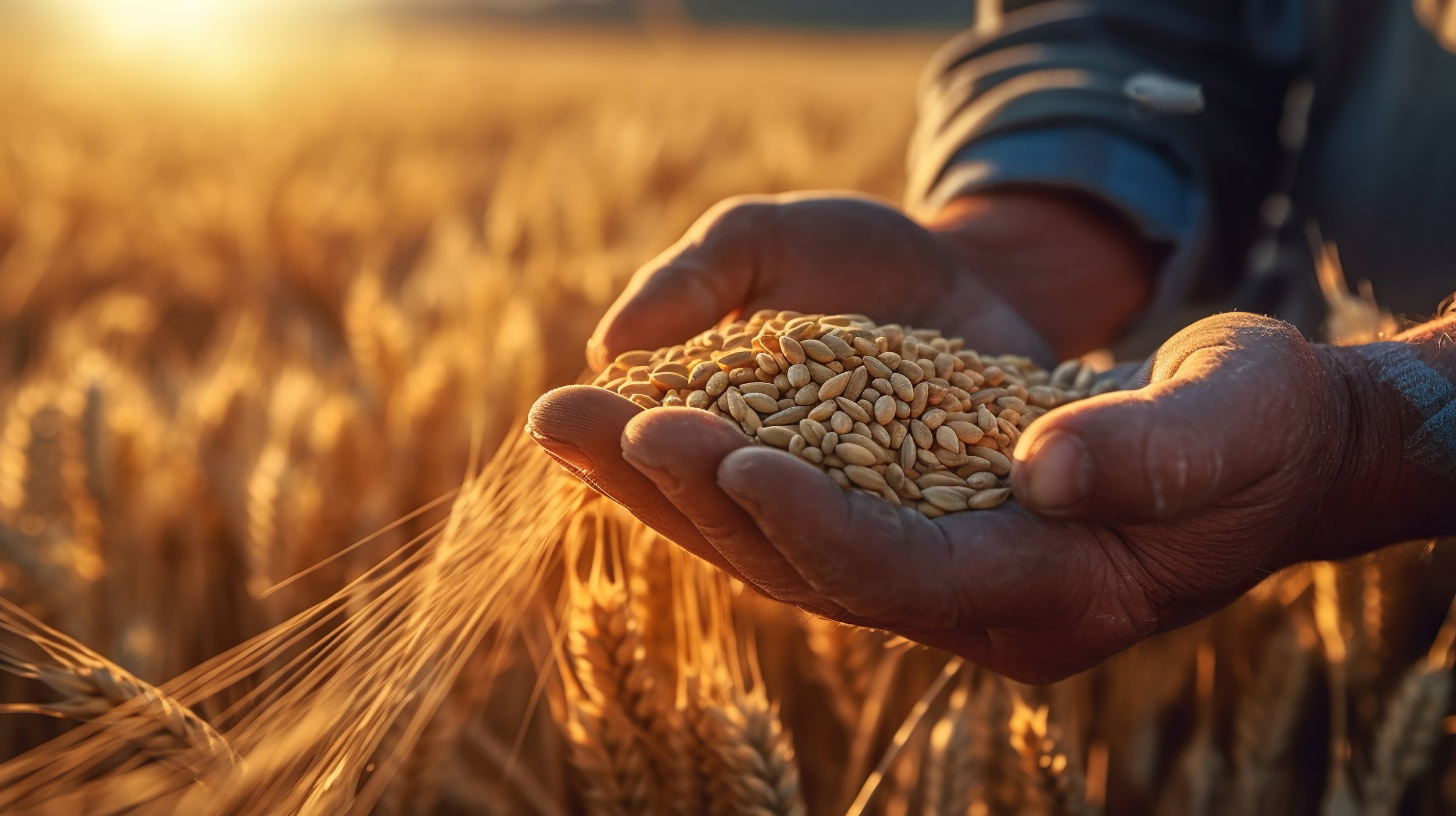September 2023 Newsletter
Grain Markets
Feed grain markets remain relatively quiet and with a few exceptions last June and July London Nov futures have traded in a range from £183 to £190 since mid May 2023. Potential exports of UK feed wheat continues to be undercut by other origins, however this doesn’t matter too much at the moment as domestic selling is more than matched by domestic demand. The danger comes for the market if there is surge in farm selling and exports have to happen at these lower levels.
There also remains uncertainty about how big the UK wheat crop actually is, with the USDA putting it at 14.57mt in their latest estimate. Plenty of pundits were putting it at 16mmt last Spring, but a surprise revision to planted area and very average yields has triggered estimates between 14.5mt and 15mt. A much tighter scenario but we mustn’t forget last seasons much larger carryout, potentially a large proportion of our exportable surplus this year could be last years carry out.
On a much brighter note quality grains are very much in demand and enjoying some historically big premiums for so early in the season. Both Milling wheat and Malting barley are commanding some big number and have been seized on by growers, thus we have seen some weakening of markets especially in the case of Malting Barley. In both cases the UK crop looks very useable, so perhaps we might be premium ease into the winter as near demand is satisfied.
Edd Britton
Trader
Bird Feed
We are excited to introduce our Winter Supplementary Feeding for Farmland Birds (AB12) in this month’s update.
Highlighting Our Offerings:
Customisable Mix Options: Choose from our comprehensive full mixtures or opt for pre-mixed options, allowing the incorporation of your home-saved grains. Tailor your order to your specific needs and preferences, ensuring optimum benefit and convenience.
Regulatory Compliance Guaranteed: Rest assured, our bird feed mixes adhere rigorously to the Countryside Stewardship Mid and Higher Tier standards, reinforcing your commitment to responsible and sustainable farming practices.
Nutritionally Rich Mixes for All Bird Species: Each mix has been meticulously crafted to offer maximum nutrition for all bird species. This aids them significantly during the “Hungry Gap” from December to April, a time when natural food sources substantially deplete.
Contribute to Bird Welfare: Assist diverse bird species in thriving even in the toughest months, promoting a balanced and thriving ecosystem within your farmland.
Ready to make a meaningful difference this winter? Reach out to our dedicated Bird Feed Department today for a competitive quote and further insights
Michelle Baker
Bird Seed Dept Manager
Feed
In our Livestock Feed Department, Autumn brings you a comprehensive range of services tailored to meet your unique farm needs. We offer a full range of bulk straights, ensuring you have access to the feed you need when you need it.
Our bespoke blends are carefully crafted to meet the specific nutritional requirements of your livestock, maximising their health and productivity.
We also understand the critical role timely delivery plays in maintaining optimal feed levels, so we offer bulk tipped and blown loads delivered directly to you with our own fleet of transport with savings which we pass on to you.
Take advantage of our flexible Summer/Winter contracts, and rest easy knowing that we work closely with you to determine the best time to buy, ensuring you get the most value for your investment.
Stay informed with our regular market updates, helping you make the most strategic purchasing decisions. Beyond these offerings, explore our traditional straights by the pallet, competitive range of fats, bespoke minerals, liquid feeds available in IBC/bulk, and Brewers Grains, each designed to optimise the performance and well-being of your livestock. Your success is our priority, and we are committed to providing you with superior products and exceptional service every step of the way.
Lavinia Jones
Feed Manager
Agronomy
With the favourable weather conditions the autumn drilling campaign is well under way, with crops being sown in to good seedbeds. Crops are emerging quickly so attention needs to be on applying the pre em herbicides in a timely manor. Blackgrass will be the key consideration, but we are seeing more and more ryegrass becoming a problem. A residual herbicide stack of key actives will be needed to give optimum control. A further herbicide top up will be required in earlier sown crops and if the temperatures remain warm.
Careful inspection of emerged crops for aphids is critical. Primary infection occurs after a winged aphid lands on a single plant and transfers the virus. Secondary infection is when a build up of wingless aphids occurs sufficiently to spread from the original infection point increasing the area of infection. With the warm weather, aphid numbers are high in most emerged crops. Remember to use cultural controls first before spraying an insecticide. Consider the following, remove the green bridge, Direct drill to increase beneficial predators, Delay drilling to avoid the majority of aphid migration, use a higher seed rate to increase crop compensation and reduce spread, Use the T-SUM method of 170 day degrees threshold for optimum timing of secondary spread.
The later drilled oilseed rape crops appear to have beaten the worst of the flea beetle damage and are enjoying the good growing conditions. Earlier drilled crops, which have survived, appear to have an increased larvae burden and will need careful inspection to decide whether they are a viable option to continue, or whether they need to be sprayed of as it will not be cost effective to continue.
Continue to monitor oilseed rape for Phoma and treat varieties with a lower resistance rating (7 or below) when 10%-20% of plants have Phoma leaf spot. On higher resistant varieties only treat if more than 20% plants have Phoma leaf spot.
Mark Franklin
Agronomist




